There aren’t a lot of great werewolf movie out there, in fact, when compared to vampire movies there aren’t all that many werewolf films period, but in 1981 we were treated to two competing werewolf films that have become the benchmark for the genre, first, there was the John Landis dark comedy An American Werewolf in London and then up against it was Joe Dante’s The Howling, a darker and rather untraditional take on the subject matter.
Based on the novel by Gary Brandner and rather loosely adapted by screenwriters John Sayles, we have a plot that starts out in a vein of horror that is quite a bit apart from what one would expect in a werewolf movie as we are first introduced to Karen White (Dee Wallace) a Los Angeles television news anchor who is working with the police with a plan to catch a serial murderer by the name of Eddie Quist (Robert Picardo), but when the scheme leads her to a video booth in a sleazy porn theatre she gets more than she bargained with and what she sees shakes her to the very core of her being. Crazed serial killers are part and parcel of the horror genre but in Joe Dante’s The Howling a traumatized Karen White soon discovers there is much more lurking beneath the surface, where a knife-wielding maniac would be the least of her worries.
“Would you like to see my idea for a sequel?”
Karen’s close encounter with a serial killer ends in a hail of police gunfire but whatever happened between her and Eddie Quist was so horrifying that she blocked it out, suffering from post-traumatic stress-induced amnesia, and her therapist, Dr. George Waggner (Patrick Macnee) recommends that she and her husband, Bill Neill (Christopher Stone) visit his secluded countryside resort called The Colony. Needless to say, The Colony isn’t quite what it seems to be, as one would expect in a horror film, and turns out to house a secretive pack of werewolves that Waggner has been trying to help adjust to the modern world, teaching them to co-exist with humans instead of treating them as prey.
Could be worse, they could have been Scientologists.
Joe Dante’s The Howling is a slow burn of a werewolf movie as the monsters themselves take their sweet time arriving on camera, but even though budgetary considerations may have been a factor in this it actually works in the films favour, the leisurely pace in which the story unfolds adds to the suspense and tension that drags poor Karen into a world with shades of Invasion of the Body Snatchers, wherein that film the idyllic town of Santa Mira was host to body-snatching aliens while The Colony is home to a pack of werewolves. As in Jack Finney’s science fiction classic, the residents of The Colony look normal on the outside but underneath that blase exterior is dark and malevolent secret life. Much of the first half of The Howling deals with the mounting dread our protagonist feels, recurring nightmares of her confrontation with Eddie Quist is exacerbated by the strange howls she hears in the woods, and when her husband seems to have succumbed to the “natives” she is left with no one to turn to for help.
To be fair, who could resist the charms of Elisabeth Brooks?
Running parallel to Karen’s misadventures at The Colony is the investigation being run by Karen’s friend and reporter Terry (Belinda Balaski) and her boyfriend Chris (Dennis Dugan), who upon discovering that the body of Eddie Quist has mysteriously vanished from the morgue – the morgue drawer door being severely damaged from the inside – the two seriously start contemplating if the crazed serial may actually be a werewolf. Now, this may seem like a rather large leap in logic but information garnered from a quick trip to a local occult shop run by Walter Paisley (Dick Miller) starts to make the impossible seem more than plausible. It also leads to Chris purchasing silver bullets which results in one of the funniest scenes in the movie, where the seemingly unstoppable werewolves didn’t count on people having watched Lon Chaney’s The Wolf Man and are quite shocked by the outcome. Their reaction is priceless.
“Silver bullets my ass, you say.”
What I find most interesting about The Howling is what we don’t learn, we never find out how Dr. George Waggner managed to convince his fellow werewolves that The Colony was a good idea, many of the members clearly think of humans more as prey than friends, and creepy old Erle Kenton (John Carradine) statement that “You can’t tame what was meant to be wild, it ain’t natural” gives us a glimpse into the fracturing of The Colony’s dynamic. Thus when the film ends we are left with more questions than answers. Did this group come over from Europe? How long have they been here? Does their ability to regenerate from any damage make them immortal? How do they choose who to give “The Gift” to? Now, some of the sequels do touch on the “history” of the werewolves but the fact that Joe Dante felt no need to peel back that particular mystery works in this film’s favour as spelling everything out would remove the Grimm’s faerie tale aspect of The Howling.
“Oh Granny, what big teeth you have.”
It’s clear that Joe Dante prefers a little fantasy in his horror and thus logic is not always something easily applied to his films – the rules pertaining to Gremlins being a prime example – but as The Howling works on a sort of dream logic, or nightmare logic if you will, then any such explanation of werewolves and their habits is completely unnecessary, but what is necessary is bringing the snarling ravenous creatures to cinematic life in all their furry fury and for this film that job was given to the very capable make-up effects artist Rob Bottin – hired after Rick Baker had to bow out to work on An American Werewolf in London for Landis – and there is no denying that the transformation of Eddie Quist in this film was truly horrifying, involving air bladders under latex facial applications to pull off the illusion, and though the debate rages on as to which werewolf transformation is the best I do prefer the bipedal nature of the werewolves in this film, opposed to the bearlike creature in An American Werewolf in London, and the smaller budget clearly hampered Bottin in creating the steps needed between transformations elements.
Something about this make-up just makes me smile.
Joe Dante’s The Howling and John Landis’s An American Werewolf in London are two of the best werewolf movie to date yet they were not alone for long as the 80s practically burst at the seams with cinematic lycanthropes, with such entries as Full Moon High, Teen Wolf, The Company of Wolves, Wolfen and Silver Bullet. What caused this particular horror boom? It had been twenty years between the release of The Howling and the previous werewolf movie so what caused this renewed interest? Could it have been a backlash to all the silly New Age pomposity that grew out of the 70s or was this just another cycle of the werewolf that the public was unknowingly waiting for? Regardless of the reason both Joe Dante and John Landis proved that this genre could be taken seriously, The Howling in particular, and though Dante’s film spawned some rather dubious sequels the original will forever remain a classic. 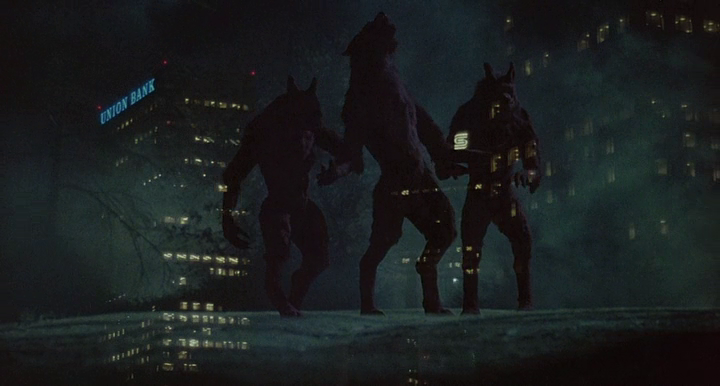
Note: Stop-motion animation puppetry was intended to give the werewolves an even more non-human look but they failed to match their live-action counterparts and thus they only appear in one scene transition.
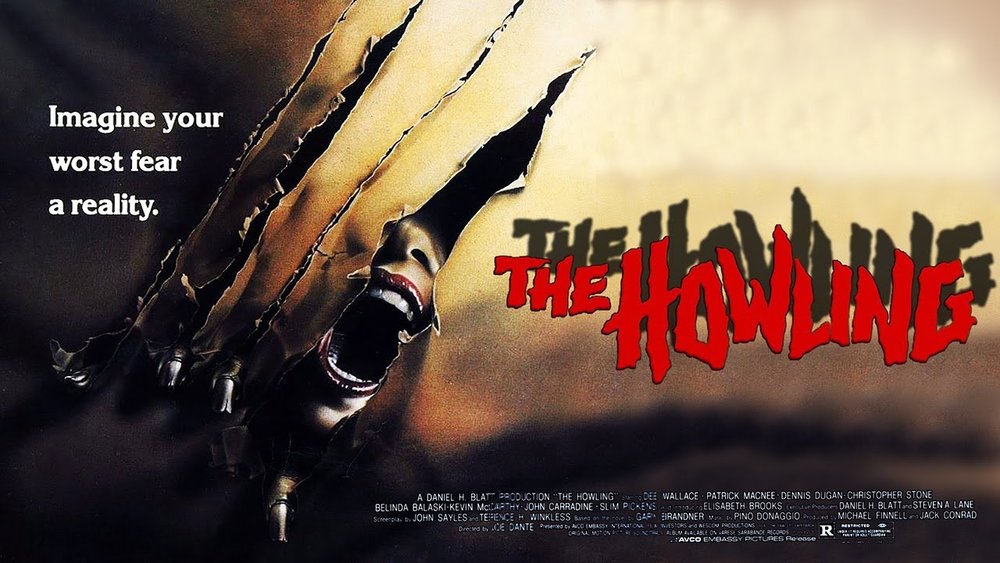

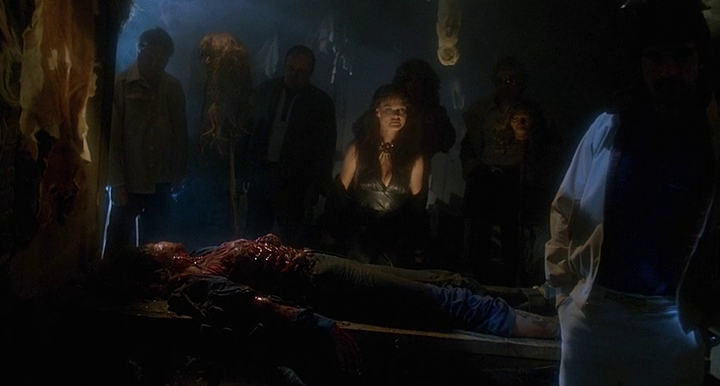
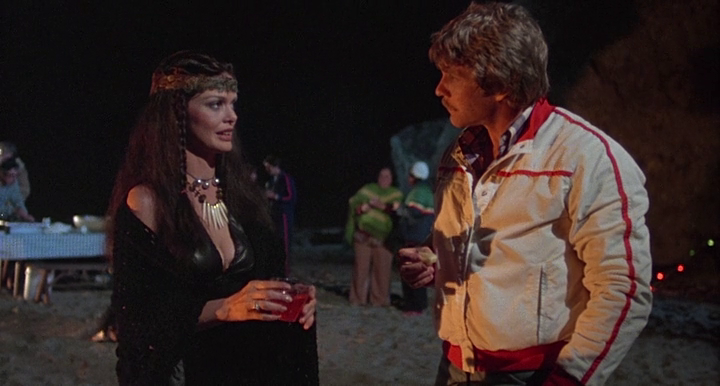
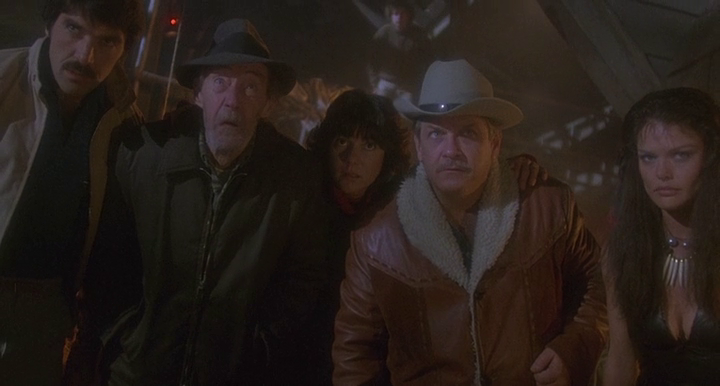
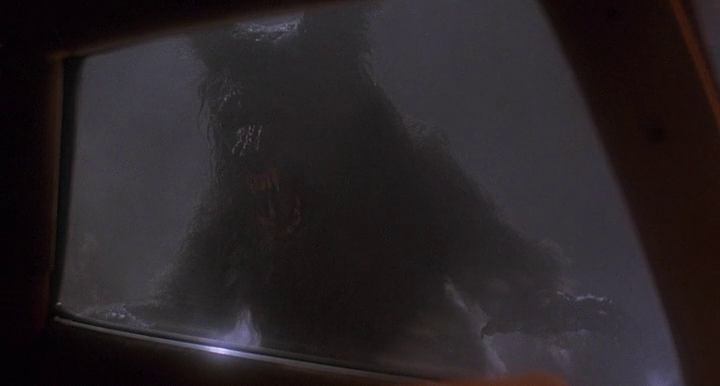
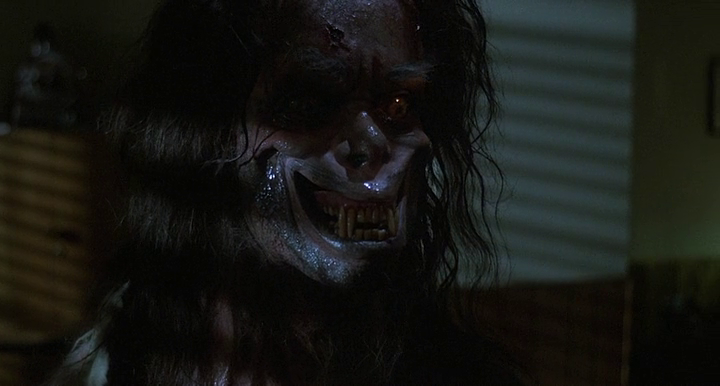

No comments:
Post a Comment